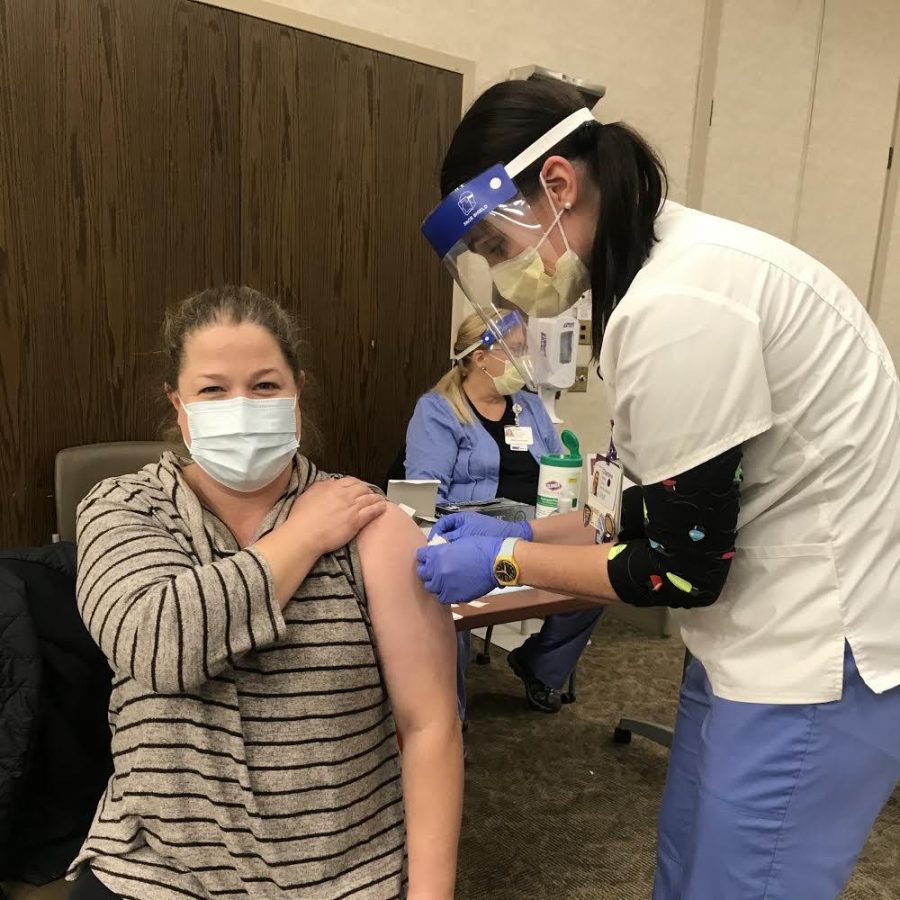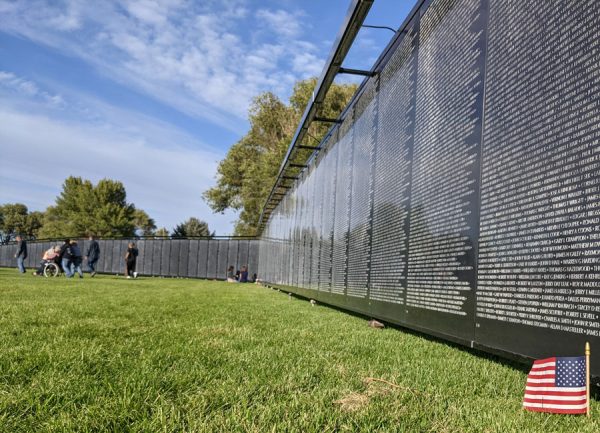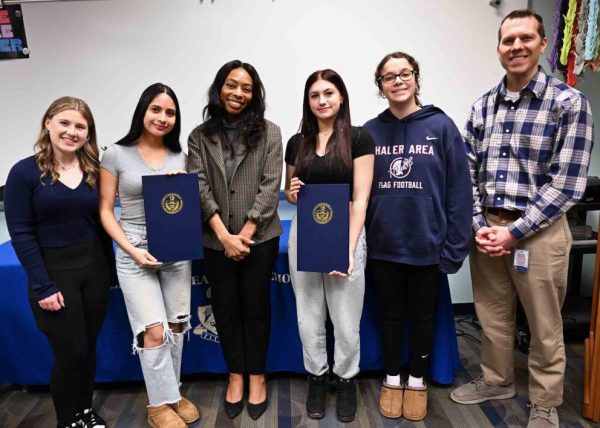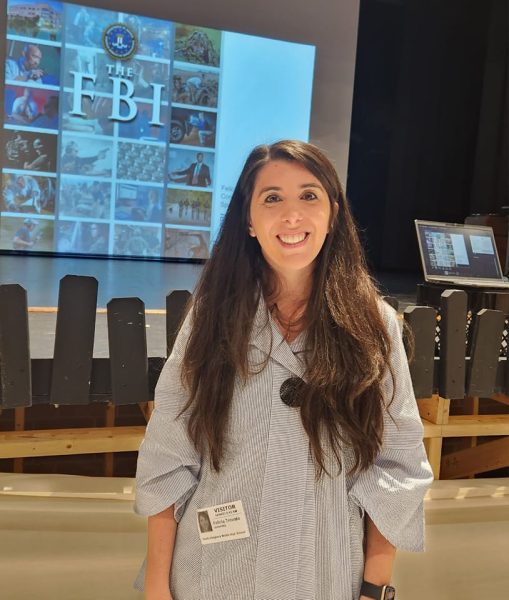SAES nurse first in district to receive COVID-19 vaccine
Mrs. Jessica Wilson, SAES nurse, getting one of the doses of the COVID-19 vaccine.
The COVID-19 virus has been a constant in all our lives ever since March 13, 2020. Now, there seems to be a light at the end of the tunnel: a vaccine. People must now make an important decision: will they get vaccinated when they get the chance? Mrs. Jessica Wilson, an Elementary school nurse, made that choice and recently received the COVID-19 vaccine, making her the first in the district.
Wilson is the School Nurse at the Elementary School and she also works at UPMC St. Margaret Hospital, picking up at least 30 shifts throughout the year. She works on the cardiac stepdown unit, which is where patients go when they are too sick for the regular floors but not sick enough for the ICU.
As COVID-19 continues to worsen, her unit is slowly being converted to a COVID floor. Two-thirds of her unit has been transformed to a negative pressure environment, which cleans the air, and this is where they treat COVID patients.. Wilson described the recent addition of COVID to her unit in the spring as exhausting, yet rewarding. But, as beds keep filling up and hospitals begin to overflow, it does become harder to put on a brave face when going to work.
“The hospitals have been booming. There are a lot more patients than one might believe,” Wilson said.
With this new influx of patients, Wilson, along with many other front line workers found themselves putting in countless hours of overtime. The hospital never forced overtime, but most of the workers wanted to do anything they could to help.
Recently, the COVID vaccine has been offered to those working at hospitals and front line workers. Wilson was one of the many health care workers that received both doses of the vaccine.
“
”There was a little bit of hesitation from Wilson when she was first offered the vaccine. However, after doing extensive research, she made what she said was an educated decision. She learned that the vaccine was not “rushed,” as many media sources make it out to seem, because it followed all the health regulations, including human testing.
“I also researched the long-term symptoms of COVID-19 and the benefits of the vaccine outweighed the risks of Covid by far,” Wilson said.
Wilson received both doses of the Pfizer-BioNTech COVID-19 Vaccine. It was offered to her early because of her position at St Margaret Hospital while other Shaler Area school nurses are currently waiting for their second dose, which is administered 21 days after the first.
The nurse that administered Wilson’s first vaccine was someone she went to nursing school with, which made the experience much more special.
After Wilson received the shot, she was monitored for 15 minutes just to make sure her body did not have an allergic reaction to the vaccine. She did not have any side effects besides soreness, noting that it was better than the soreness after the flu shot. After 21 days, Wilson went back to St Margaret for her second dose.
They followed the same system as before, the only difference being more soreness following the injection.
“The second vaccine has shown a few more side effects, but I have been blessed to only be experiencing a sore arm – more so than the flu vaccine, but something I am willing to deal with to protect those around me,” Wilson said.
For most, the side effects go away after 24 hours. Wilson also thinks it is important to note that some symptoms might have occurred with or without the vaccine.
“Unfortunately, bad things can happen on normal days. People have heart attacks, strokes, break bones, have seizures daily…and these things can happen the day of vaccination completely unrelated to the shot.”
An example she cited was when a nurse was preparing to give a child an injection of the vaccine. The child had a seizure moments before the nurse was about to administer the shot, completely unrelated to the vaccine. Wilson wondered what would have happened if the child had a seizure only a minute later and some would have assumed it was a side effect of the vaccination.
Recently, we have seen the government starting to push the vaccine out to the public. With only a limited amount of doses in the first phase, it is important not to waste a first dose on someone who will back out of getting their second. Besides the limited doses, Wilson could not foresee any other obstacles for mass vaccination. That of course does not include those who are not willing to receive the vaccine or are hesitant.
Wilson understands that everyone has an important choice to make for themselves, and that can be different for everyone.
“Ultimately, you have to make your own decision, but I would encourage you to make an educated one,” Wilson said.
She also quoted Paul Offit, a scientist, an Infectious Disease Doctor, and Director of the Vaccine Education Center at Children’s Hospital of Philadelphia.
“A choice not to get a vaccine is not a risk-free choice, it is a choice to take a different risk.”


My name is Cassidy Laffey. I am a junior, and this is my first year being apart of The Oracle. I’m on the dance team, a cast member in the fall play,...







